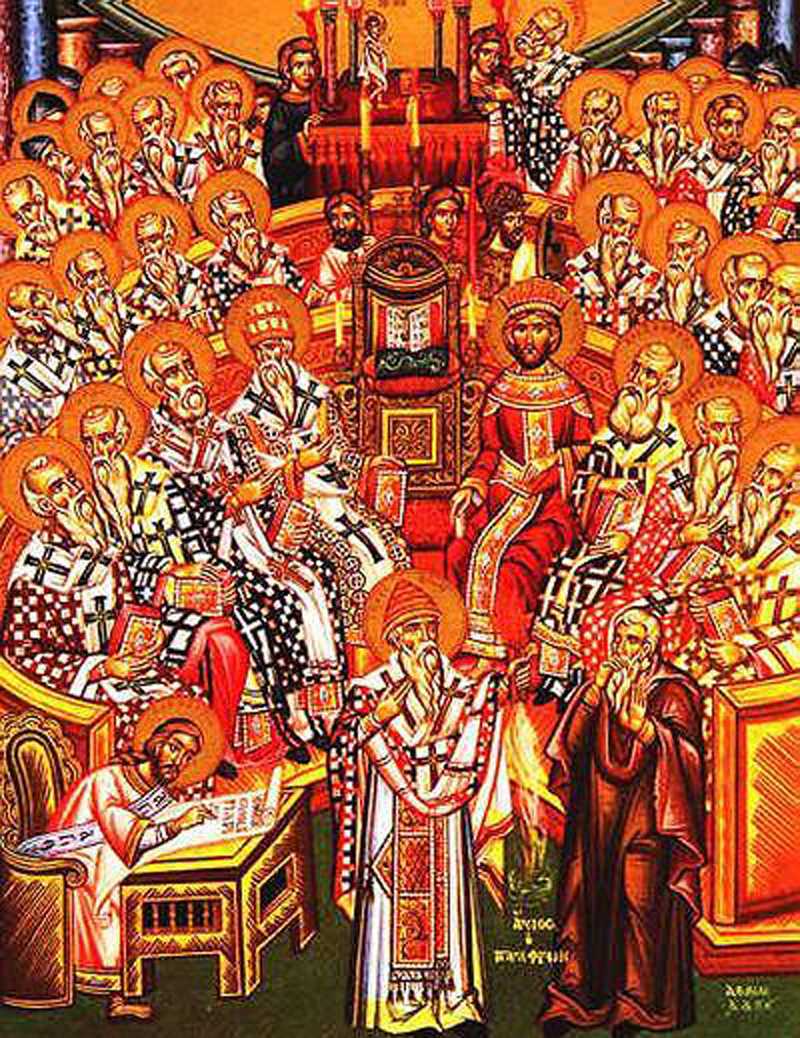In the centre of Corfu Old Town, this Greek Orthodox church was built in the 1580s. It houses the relics of Saint Spyridon. It is a single-nave basilica and its bell tower is the highest in the Ionian Islands. It is the most famous church in Corfu.
This beautiful little Orthodox church dates back to the end of the 16th-century. But the highlight of the church; the relics of Saint Spyridon have an even longer and richer history.
They were rescued from Constantinople in1489 when it was conquered by the Ottomans, ending the Byzantine Empire. Georgios Kalochairetis, a Greek monk brought the relics back to Corfu and gave them away as part of his daughter’s dowry, when she married into the Voulgari family in Corfu.
They were then kept in a church owned by the family but had to be moved when the church was demolished to give way to new fortifications, built to protect the island from the 1537 siege of the Ottomans. They thus arrived at Saint Spyridon which was built within the new fortifications of the town
The remains of the Saint are kept in a double sarcophagus behind the iconostasis on the left of the crypt. The larger of the two contains the smaller one and is wooden with silver leaf trim. The smaller sarcophagus is covered in red velvet and has a bottom which can be removed to change the slippers of the saint.
An underground chamber was purposefully not built so that the relics are easy to see.
In the crypt there are 53 incense burners hanging from the ceiling, 18 are gold and the rest, silver.
The front of the marble iconostasis looks like the entrance of a baroque-style church.
The ceiling of the church is divided into segments with scenes from Saint Spyridon's life and miracles. These include, in 1553 when Saint Spyridon saved the island from a famine, in 1630 and 1673 when he saved the island from the plague and in 1673 when he stopped it being invaded by the Ottoman Turks.
The church ceiling was originally painted by Panagiotis Doxaras in 1727. More recently it has been replaced by copies painted by Nikolaos Aspiotis, a Corfuit painter.
Don’t miss the imperial coat of arms of the House of Romanov above the western door of the narthex, a reminder that the church was under the nominal protection of Russia from 1807-1917. Close by, you can see a painting which shows the saint touching the head of Constantius II, curing the emperor from illness.
There is usually a long queue to see the relics of Saint Spyridon but it's worth the wait. You can file past and peer into the sarcophagus where you can see and 'kiss' the Saint's feet.

- Monday:
-
07:00 - 20:00
- Tuesday:
-
07:00 - 20:00
- Wednesday:
-
07:00 - 20:00
- Thursday:
-
07:00 - 20:00
- Friday:
-
07:00 - 20:00
- Saturday:
-
07:00 - 20:00
- Sunday:
-
07:00 - 20:00






